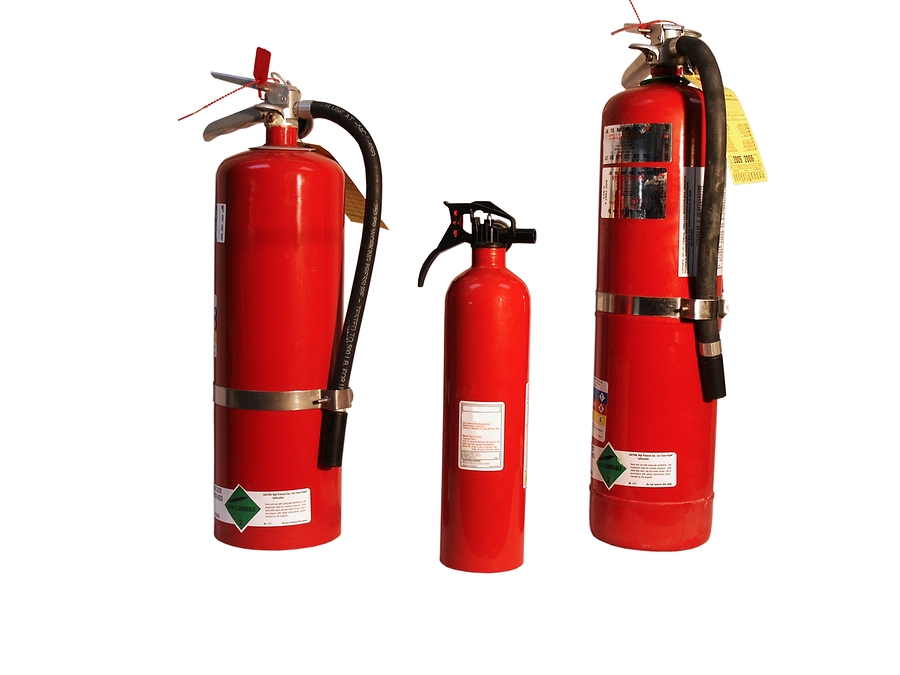By Rob Hanus
One of the more scary things that can happen to you and your family is to have your home catch on fire. If you’re not familiar with how fast a fire can spread, its speed is nothing short of incredibly amazing. Check out this video: (http://www.thepreparednesspodcast.com/how-fast-does-fire-spread-crazy-fast)
After watching that video, it should be clear that if you’re home when a fire breaks out, you need to act fast. Not every fire spreads as fast as the one in the video. That was a dry pine tree, which is notorious for igniting in a matter of minutes. Other types of fires can take longer to spread and you might have more time to try and put it out.
The most important things to remember, though is to get everyone out of the home first. Then call 911. Those are your priorities. If you think the fire is small enough, you can try to put it out with the fire extinguisher, but make sure you don’t waste time trying to put out a fire that is too big.
If you’re not home alone, begin shouting immediately to warn others. Make is clear, simple and direct: FIRE! FIRE! FIRE! CALL 911! CALL 911! CALL 911! Because of your fire drills, everyone should already know what to do, but it doesn’t hurt to shout commands anyway. GET OUT OF THE HOUSE NOW! GO! GO!! GO!!! Of course, don’t forget to get out of the house yourself.
This tip is about fire extinguishers, but I wanted to stress that simply having them doesn’t mean that you’re able to put out any size fire. If the fire is larger than an office-sized trash can by the time you notice it, it’s already too late to try and put it out. You may have less than a minute to get everyone out and to safety. And, you still need smoke detectors, carbon monoxide detectors, and a good fire plan, accompanied by fire drills.
You may be surprised to know that there are now five classes of fire extinguishers. These classes are:
A – This class of extinguisher is for ordinary combustibles, like wood, paper, cloth, rubber, and some plastics.
B – This class of extinguisher is for fires that are liquid-based, like gasoline, diesel, grease, oil, and some paints (oil based).
C – These extinguishers are for electrical fires.
D – This type of extinguisher is for combustible metals. They are typically only seen in factories and manufacturing plants that use these metals.
K – This class of extinguisher is for fires that are cooking fat based, like vegetable oils, animal fats and the like.
It’s very important that you don’t use the wrong class extinguisher, as you can make the fire worse. The most common type, and the best to use for home use, is the A-B-C class fire extinguisher, which will handle nearly all types of fires found in homes.
There is a number next to the class rating on the extinguisher. This number is your guide on how big of a fire the extinguisher can handle in that class. For example, a 1-A, 10-B:C rating, tells you that this extinguisher can handle a B and C class fire that is 10 times bigger than an A class fire. In some cases, you might see 5-B:C, which means that the extinguisher can only handle Class B and C fires. If you compared this extinguisher with the previous one, you would know that it can only handle a B:C fire that was about half as big as the former.
As you can see, you’re going to want an extinguisher that has a high rating for all three classes of fires. Honestly, you should get as big as you can afford. A large A-B-C Class extinguisher in the kitchen is a must, but you should also keep one in the garage, in your bedrooms, and anywhere they is an ignition source.
For more information, I recommend going to this page and downloading this PDF on basic information on fire extinguishers, as a reference for your digital notes database.
http://www.thepreparednesspodcast.com/fire-extinguisher-info-pdf
Rob Hanus is the author of the book “The Preparedness Capability Checklist” which is an easy to read book with the absolute best method for intelligent and deliberate prepping. Rob is also host of the Preparedness Podcast.
You can get the Rob’s book here http://www.thepreparednesspodcast.com/capability-checklist/
and tune into Rob’s podcast here: http://www.thepreparednesspodcast.com/preparedness-podcast/
Marjory Wildcraft is an Expedition Leader and Bioneer Blogger with The [Grow] Network, which is an online community that recognizes the wisdom of “homegrown food on every table.” Marjory has been featured as an expert on sustainable living by National Geographic, she is a speaker at Mother Earth News fairs, and is a returning guest on Coast to Coast AM. She is an author of several books, but is best known for her “Grow Your Own Groceries” video series, which is used by more than 300,000 homesteaders, survivalists, universities, and missionary organizations around the world.








COMMENTS(1)
Poin yang disebutkan dalam artikel ini sangat penting dan membuat saya memikirkannya. Ke depan, saya tetap mencari jenis artikel ini.
کوچینگ